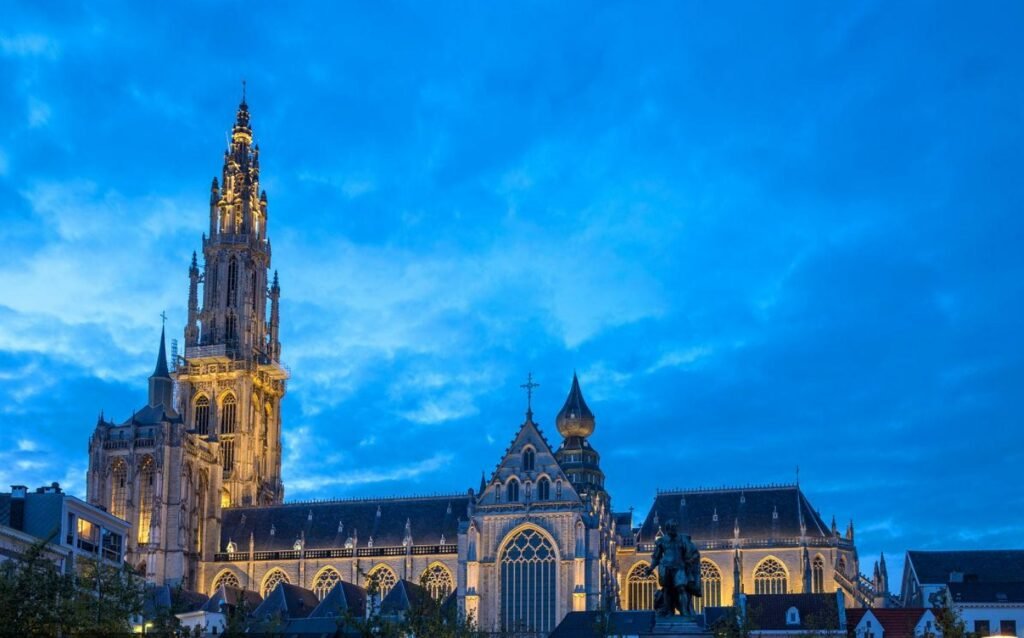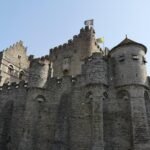Antwerp – A Blend of Classic and Port Culture
Antwerp (Antwerpen) is located on the right bank of the Scheldt River, about 88 kilometers from its mouth at the North Sea. It is one of the world’s largest ports and the third-largest in Europe. Antwerp is renowned for its high-volume seaport and oil refineries. Since the 1990s, the city has also gained international recognition as a major hub for fashion design, thanks to several graduates of the Royal Academy of Fine Arts who have achieved global success.
According to legend, a giant once lived along the Scheldt River, demanding a toll from those crossing. If travelers refused, the giant would cut off their hands and throw them into the river. One day, a hero named Brabo defeated the giant, severed his hand, and cast it into the river. In Dutch, “hand werpen” means “to throw a hand,” which is said to be the origin of the city’s name.
A beautiful day in Antwerp starts at its train station, often hailed as one of the most beautiful in the world. In 2009, Newsweek ranked it as the fourth-best train station globally, and in 2014, Mashable listed it as the most beautiful train station in the world. The station building, with its iconic domed roof, was constructed between 1895 and 1905. It was designed by Belgian architect Louis Delacenserie, while the arched bridge leading into the station was the work of local architect Jan Van Asperen.


Leaving the train station, we headed toward the city center. The buildings in the Old Town are mostly three to four-story brick structures, well-preserved and rich in character. The sight of brick churches soaring up to ten stories high is truly awe-inspiring. The building facades throughout the city have a distinctive local style, and the streets are wide, with neatly arranged cobblestone pavements.
The Handelsbeurs Antwerpen, the former Antwerp Stock Exchange, stands proudly here. The original building dates back to 1531, though it was reconstructed twice following devastating fires. Now rebuilt in the Neo-Gothic style, it serves as a venue for performances and public events. As you take in these majestic buildings, it’s easy to imagine the bustling activity and prosperity of the stock exchange in its heyday.

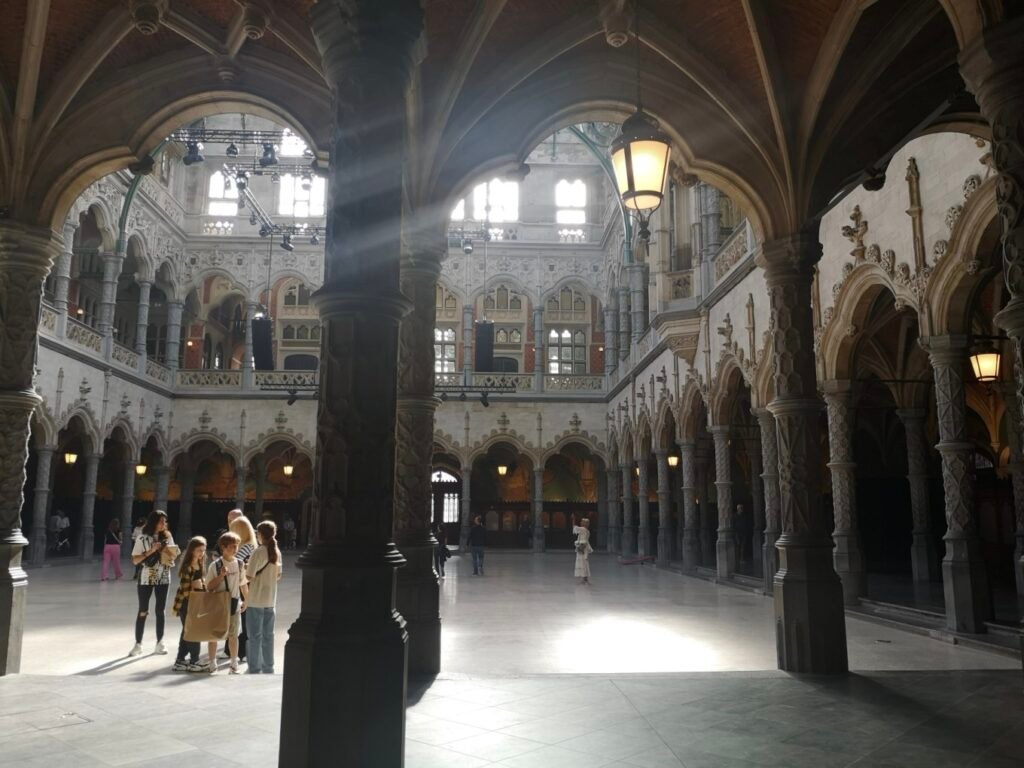
Continuing onward, we arrived at the Cathedral of Our Lady (Onze Lieve Vrouwekathedraal) in Antwerp. As Antwerp lies within the Dutch-speaking region, the place names here start to sound a bit unusual.
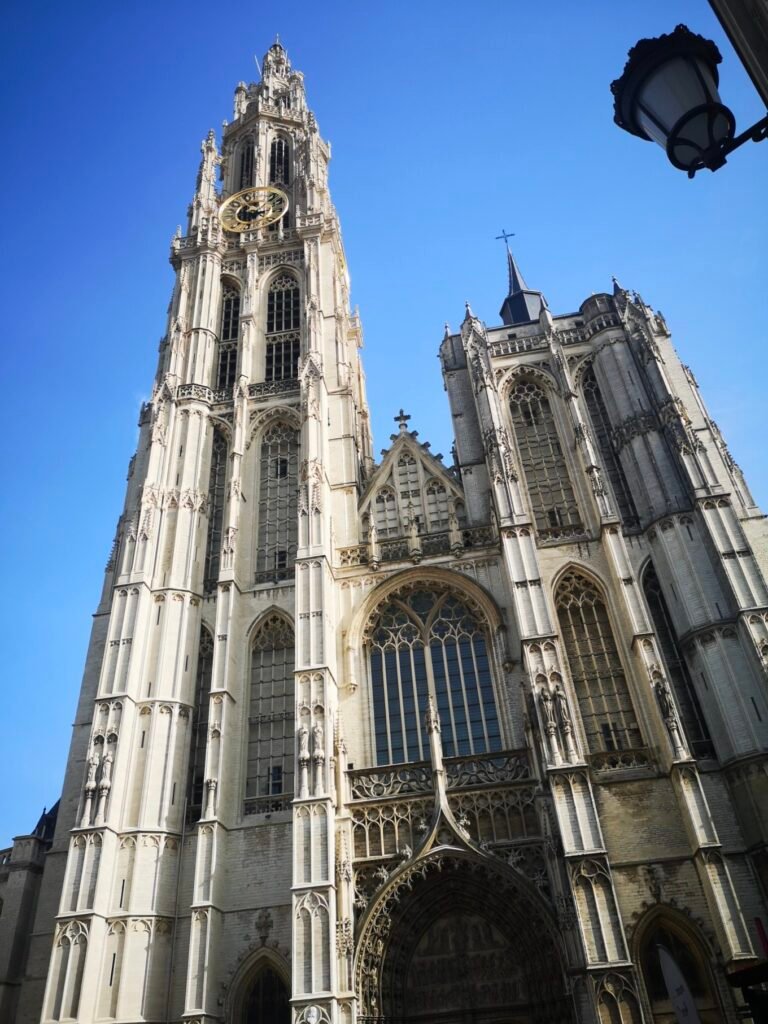

It’s evident that Antwerp has a stronger commercial atmosphere than Brussels. Unlike the free entry to churches in Brussels, the churches here charge admission. It’s said that the Cathedral of Our Lady houses some of Peter Paul Rubens’ masterpieces, including The Elevation of the Cross, The Descent from the Cross, and The Assumption of the Virgin Mary.
Four years ago, the ticket price was 6 euros, but it has since doubled to 12 euros. After browsing some photos on Google, I noticed that the interior differs quite a bit from Brussels’ St. Michael and St. Gudula Cathedral.
Grote Markt – Market Square
Compared to the Grand Place in Brussels, the Grote Markt in Antwerp is slightly smaller, but just as majestic and beautiful. The Brabo Fountain (Brabofontein) adds a lively, dynamic touch to the square.
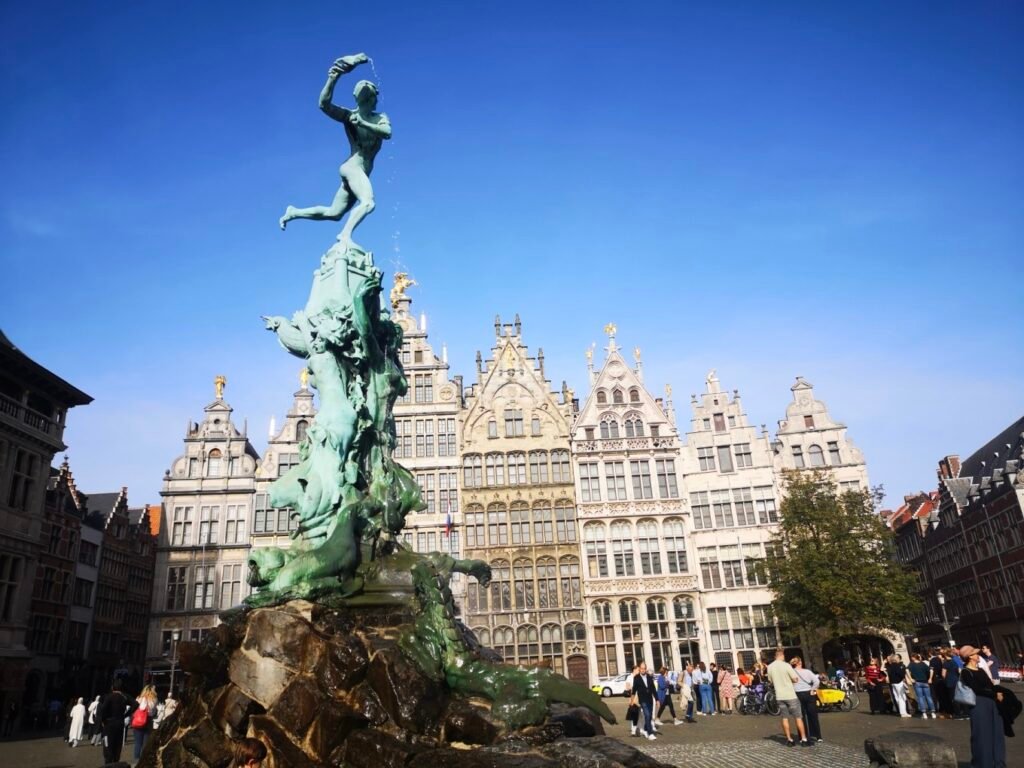
Antwerp City Hall
Antwerp’s City Hall is a Gothic masterpiece built over a century ago, adorned with sculptures, towers, and pointed arches. It still serves as the office for the mayor and city council members. It seems that in most European cities, the town hall is housed in one of the city’s most beautiful buildings, almost like a calling card for the city. These halls are often located at the heart of the busiest landmarks, typically in a central square. This pattern holds true for several Belgian cities as well.
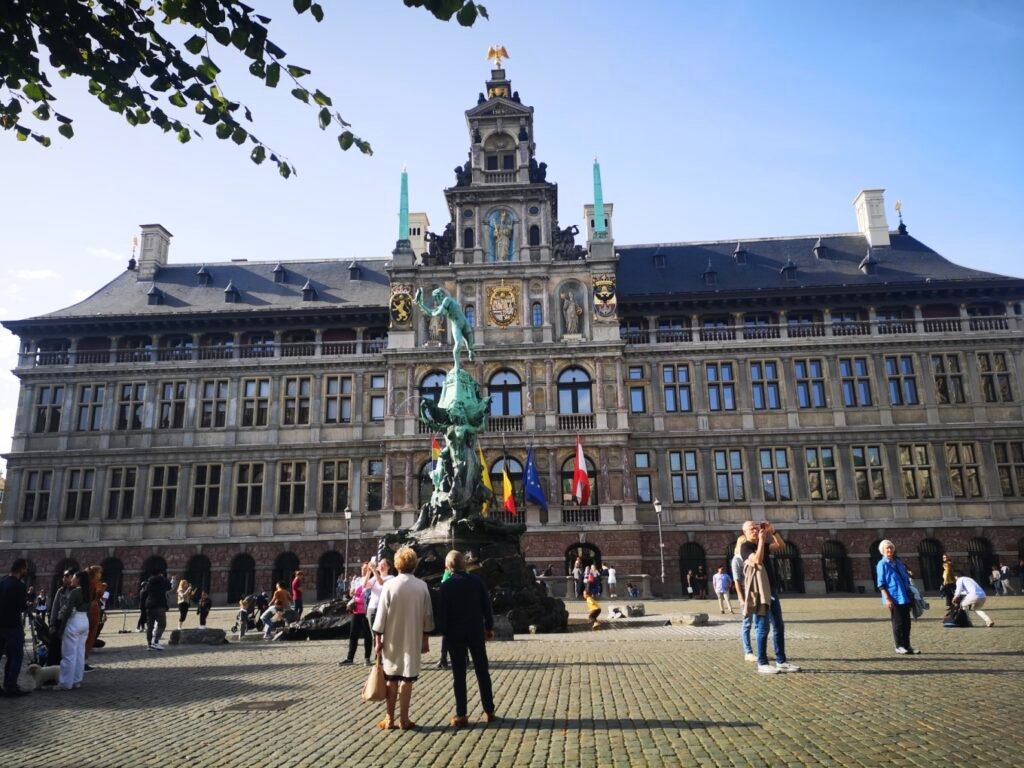
Leaving the City Hall, it’s just a short walk to the riverbank, where you’ll find Het Steen, one of the oldest castles in Europe. Though no longer in use, it has been opened to the public as a tourist attraction.

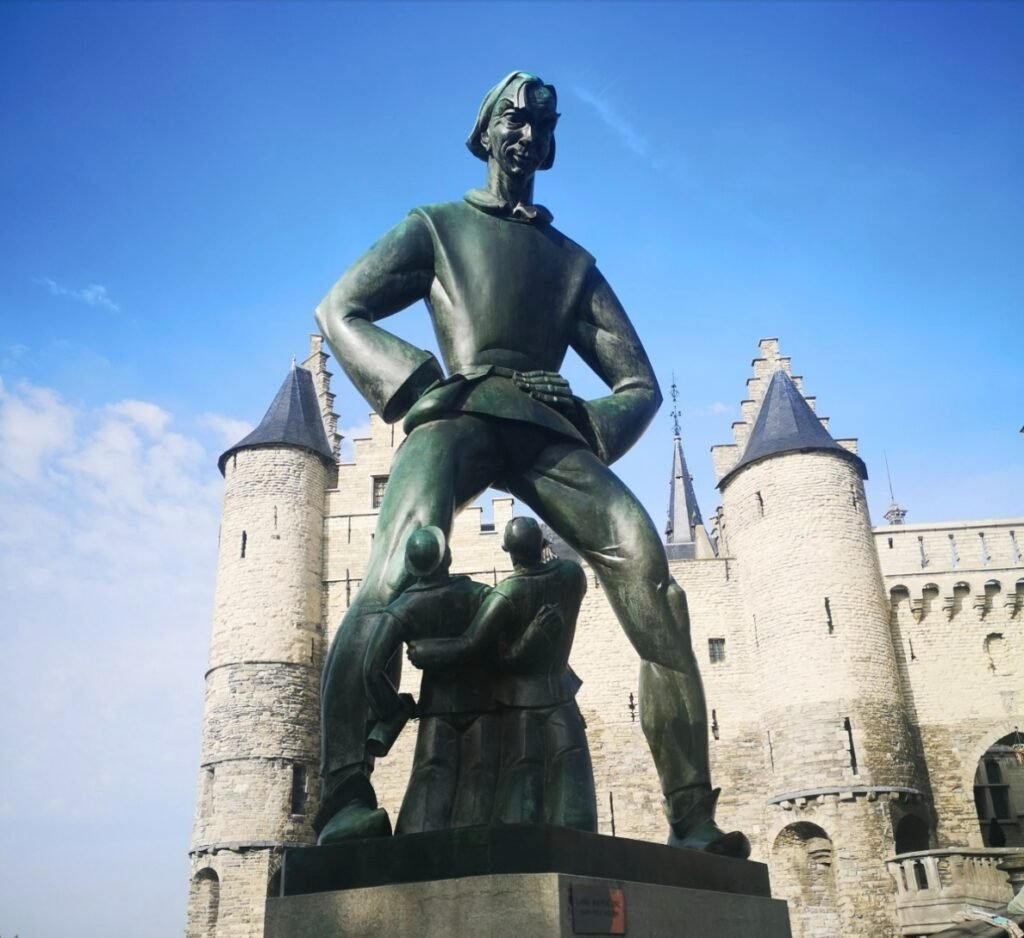
Rubens House (Rubenshuis)
A stroll through the Rubens House offers a glimpse into the mind of the humanist master, Peter Paul Rubens, and a chance to experience the brilliance of the “Painter of Kings and Master of Masters.” As a leading figure of the Baroque style, Rubens skillfully blended the refined techniques and humanistic ideas of the Renaissance with the national aesthetics of Flanders.
Rubens’ extraordinary talent earned him the admiration of courts and royals across Europe, not only as an artist but also as a diplomat. His remarkable social status was unmatched by other artists of his time, and he is widely regarded as one of the most influential figures in Western European art history.
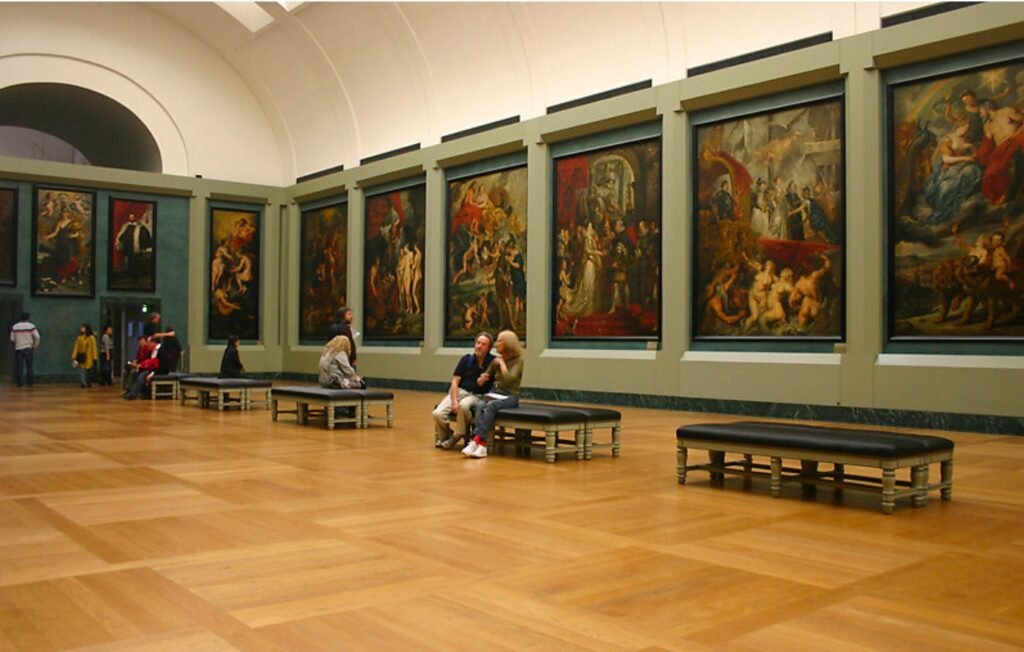
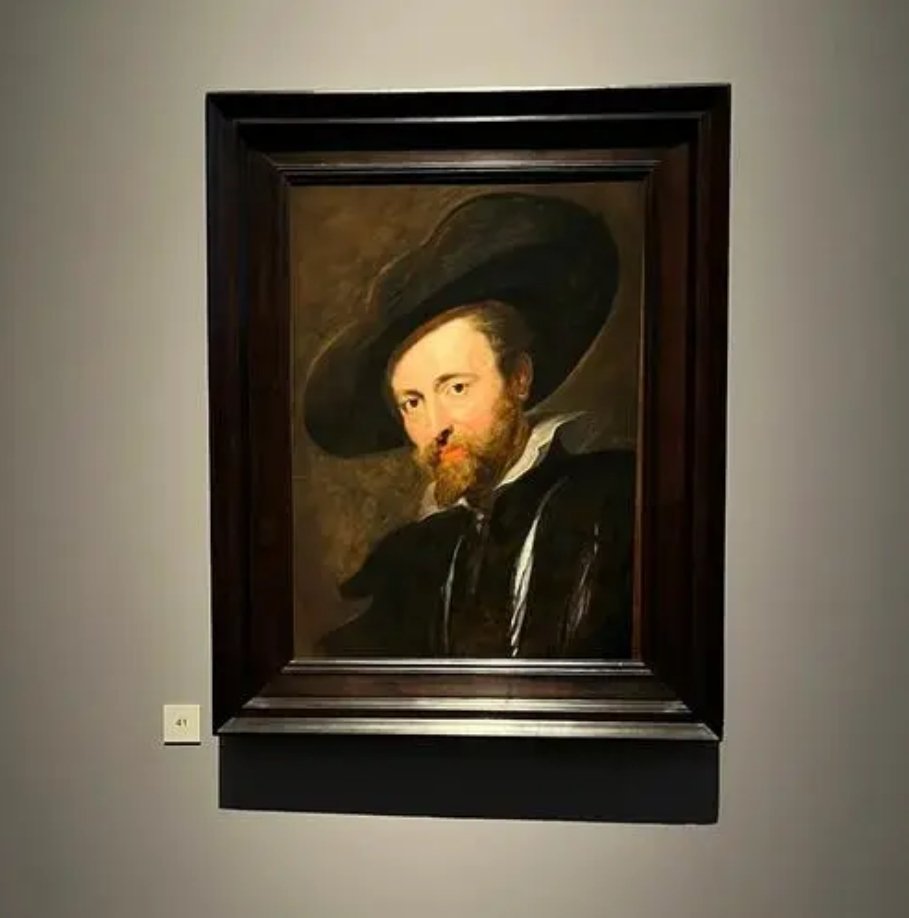
The main building of the Rubens House is a three-story townhouse, where Rubens created most of his works. This studio is one of the highlights of the visit. As a painter highly favored by royal courts, Rubens, at the height of his career, employed dozens of assistants to meet the demand for his art.
On the ground floor of the house, visitors can admire some of Rubens’ masterpieces. Among the most striking is the large oil painting Adam and Eve. As an early work, it features “Rubenesque” women—plump with soft, delicate skin—an ideal of beauty highly favored by the nobility of the time. In addition to his own works, the collection also includes many exquisite paintings Rubens acquired from abroad.
If Brussels, as the capital, exudes grandeur with its impressive National Gallery collection and the majestic St. Michael and St. Gudula Cathedral, and Bruges captivates with its tranquil charm and rich medieval beauty, then Antwerp feels more modern, with its bold and abstract sculptures and a subtle hint of port culture.
By this point in the trip, I was feeling a bit tired, so I strolled through the city at a leisurely pace instead of rushing to visit popular attractions. Antwerp is home to many renowned artists, including Peter Paul Rubens, Anthony van Dyck, Jacob Jordaens, Pieter Bruegel the Elder, and Christophe Plantin.
Belgian cities are generally compact, and you can explore most of them in a day. If you have the energy, walking is a great way to discover more hidden beauty. Traveling between cities is easy with the local rail network, which is both convenient and affordable, with ticket prices ranging from a few euros to around ten. Downloading the SNCB app makes it easy to check schedules and buy tickets. Ticket machines at all train stations support multiple languages for added convenience.

